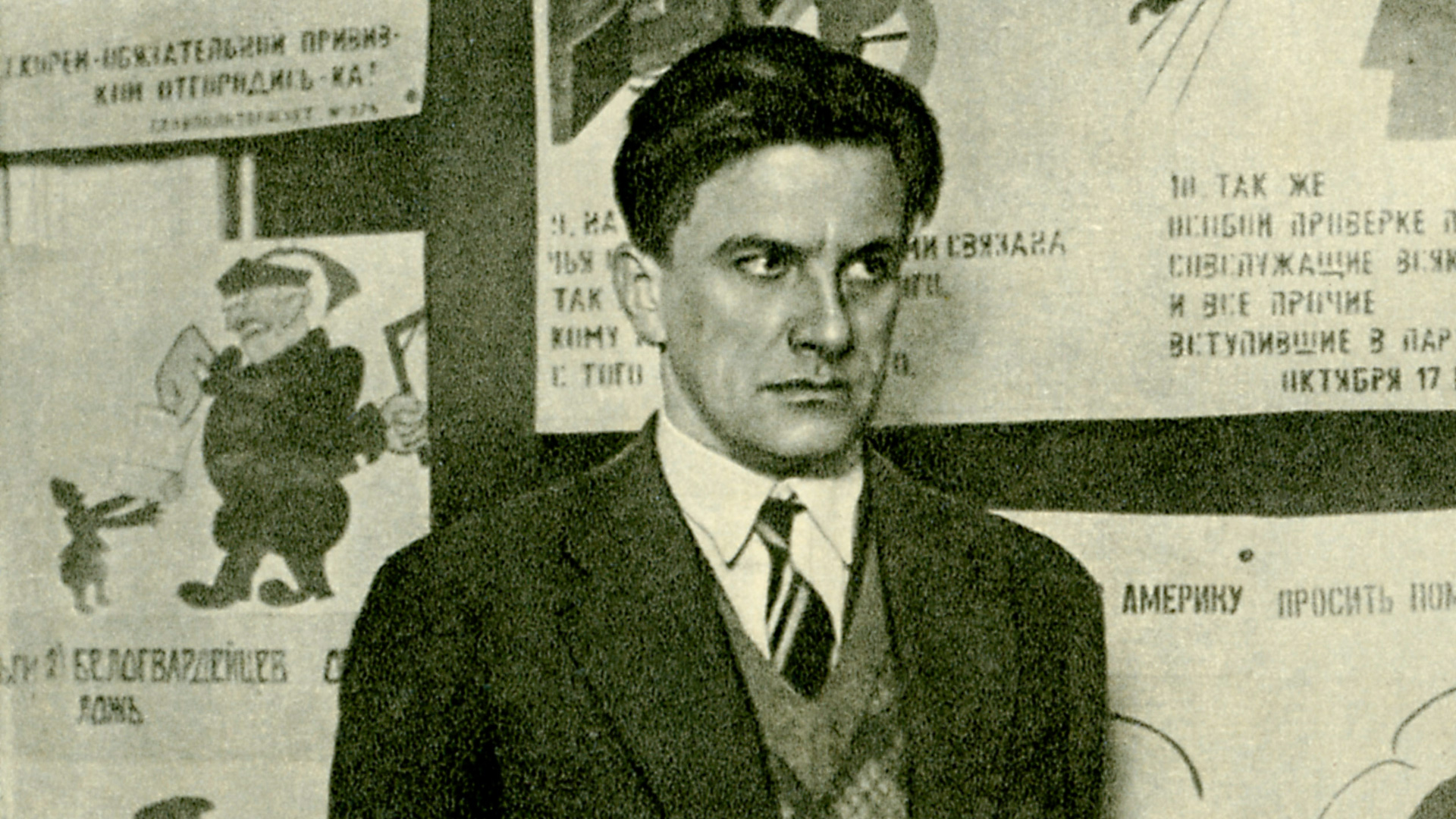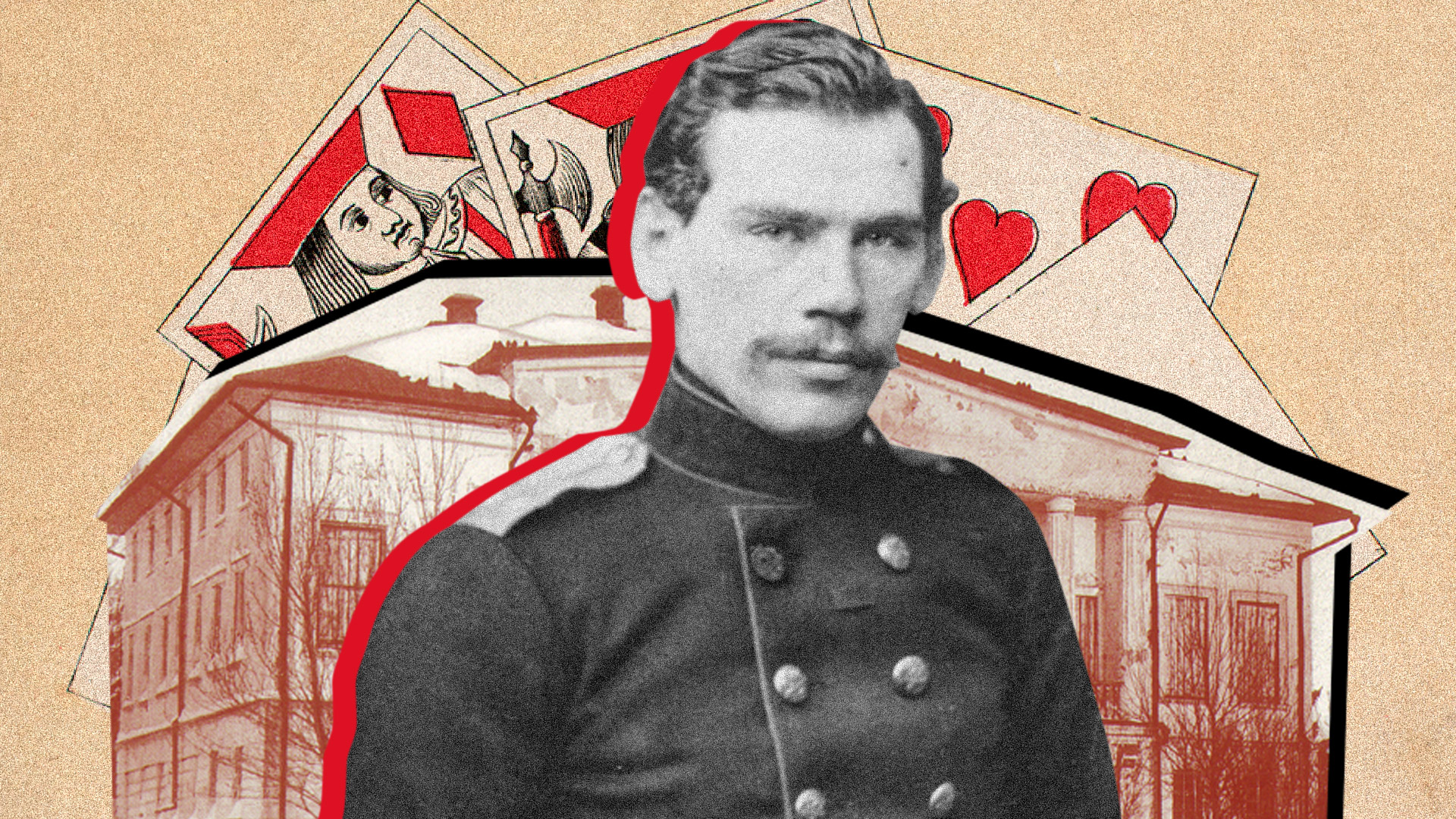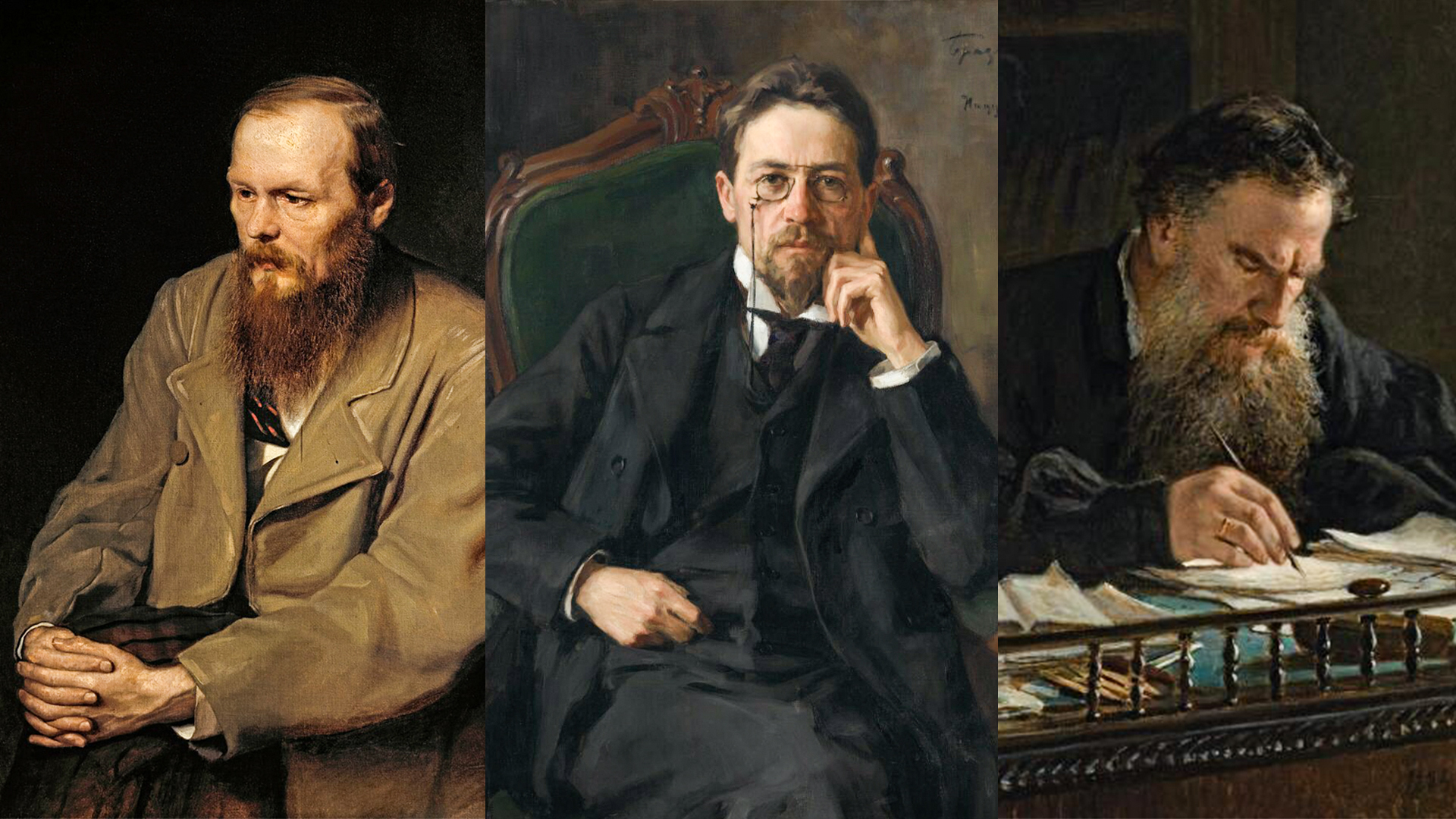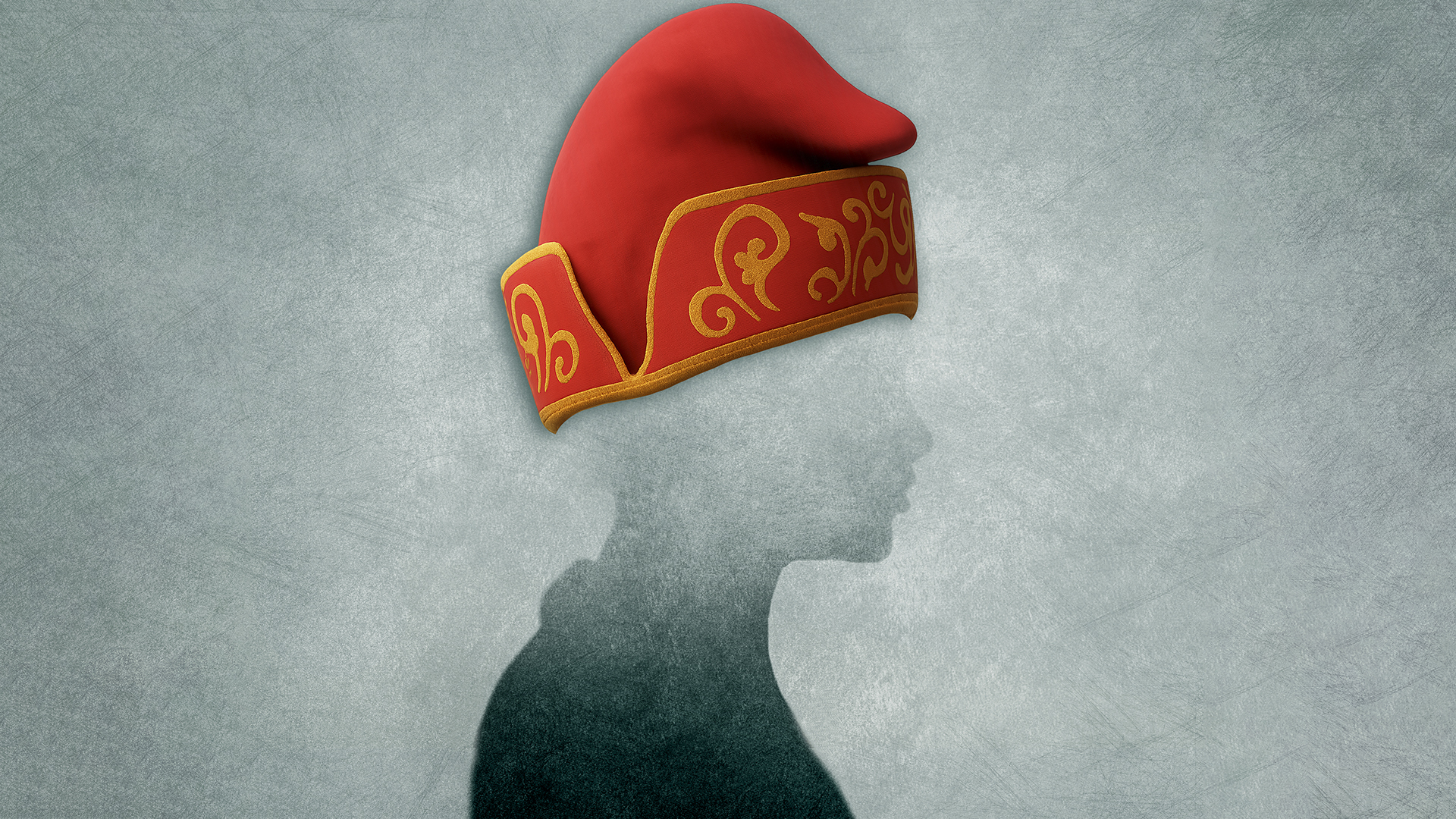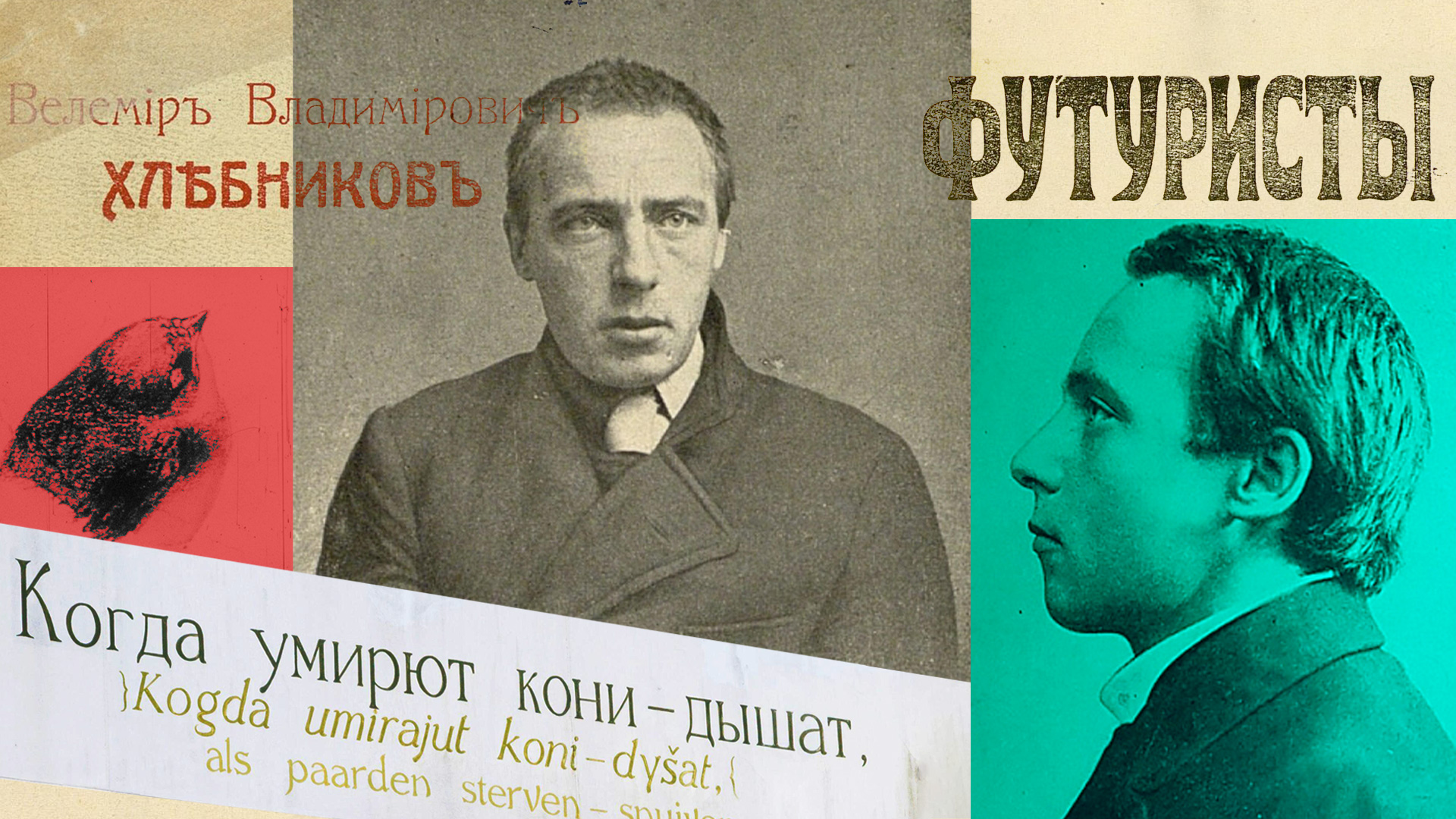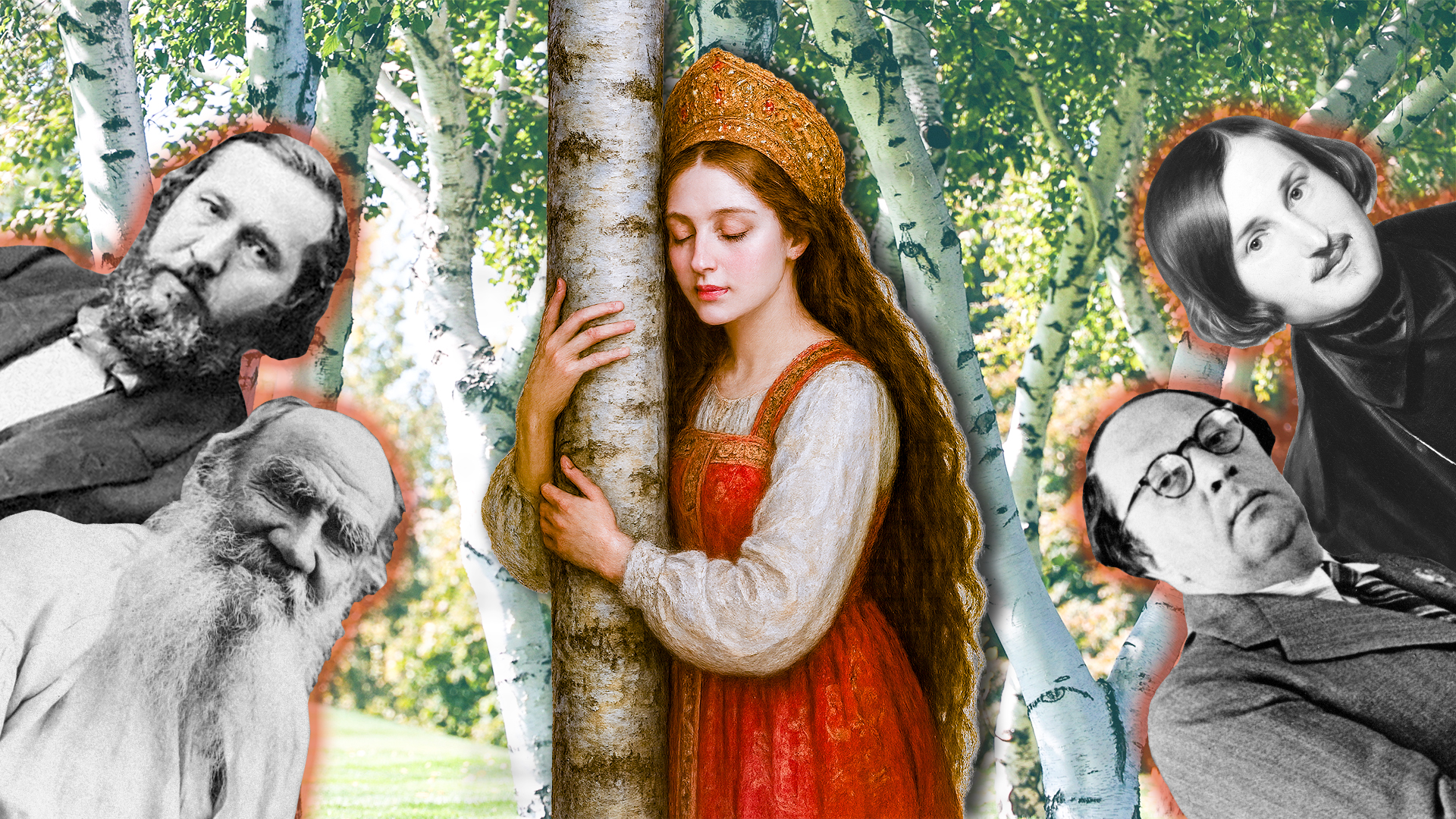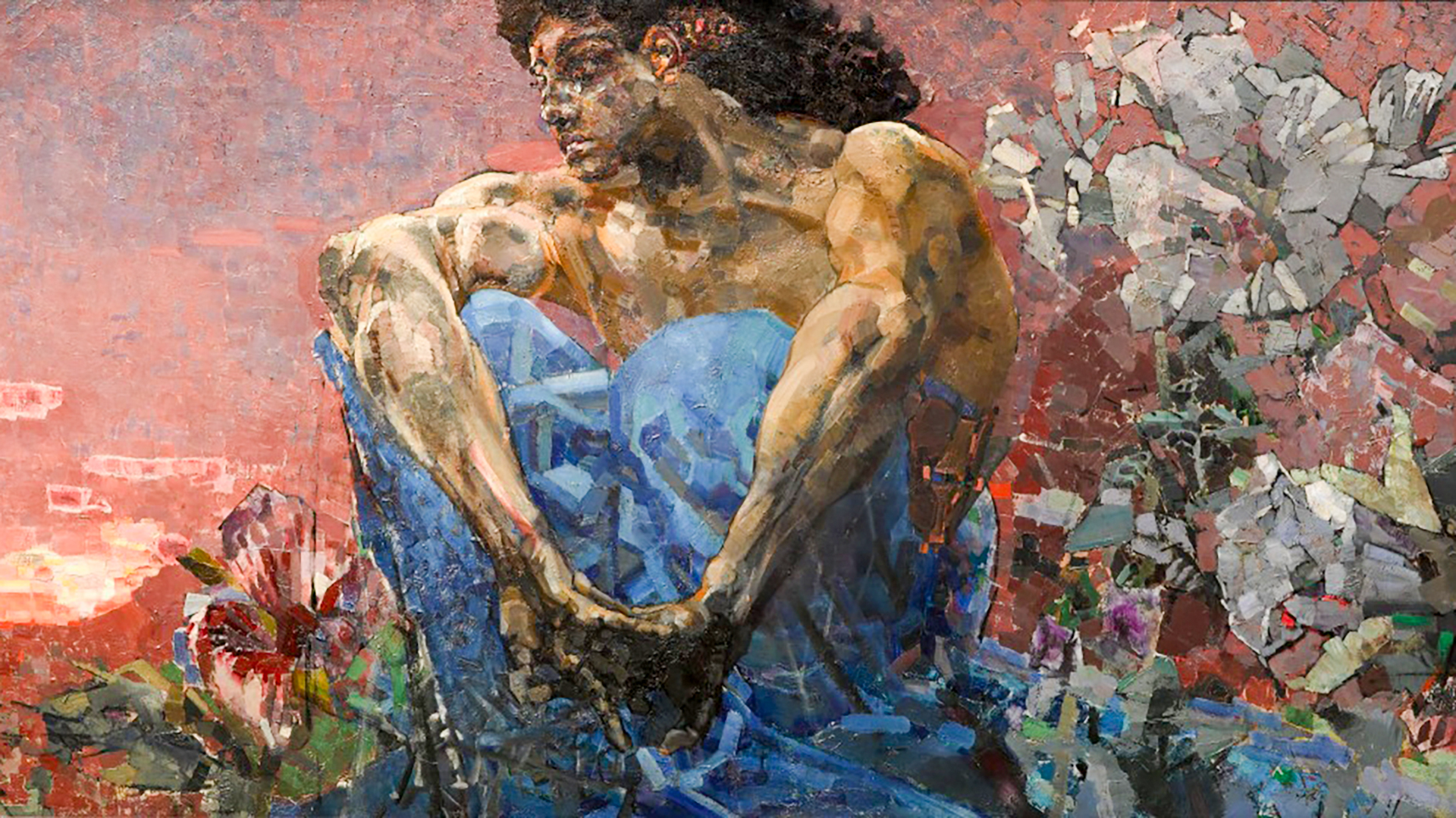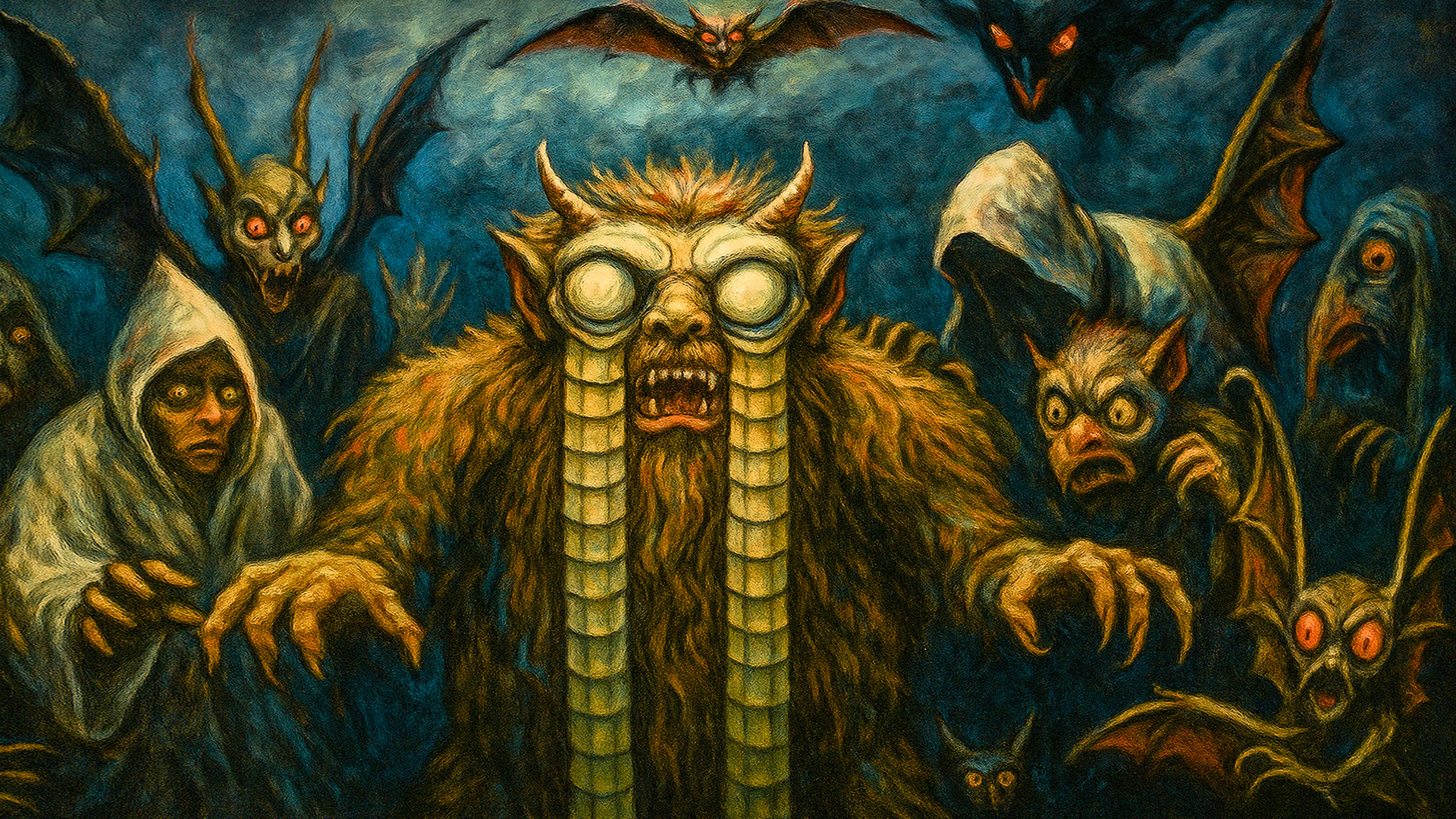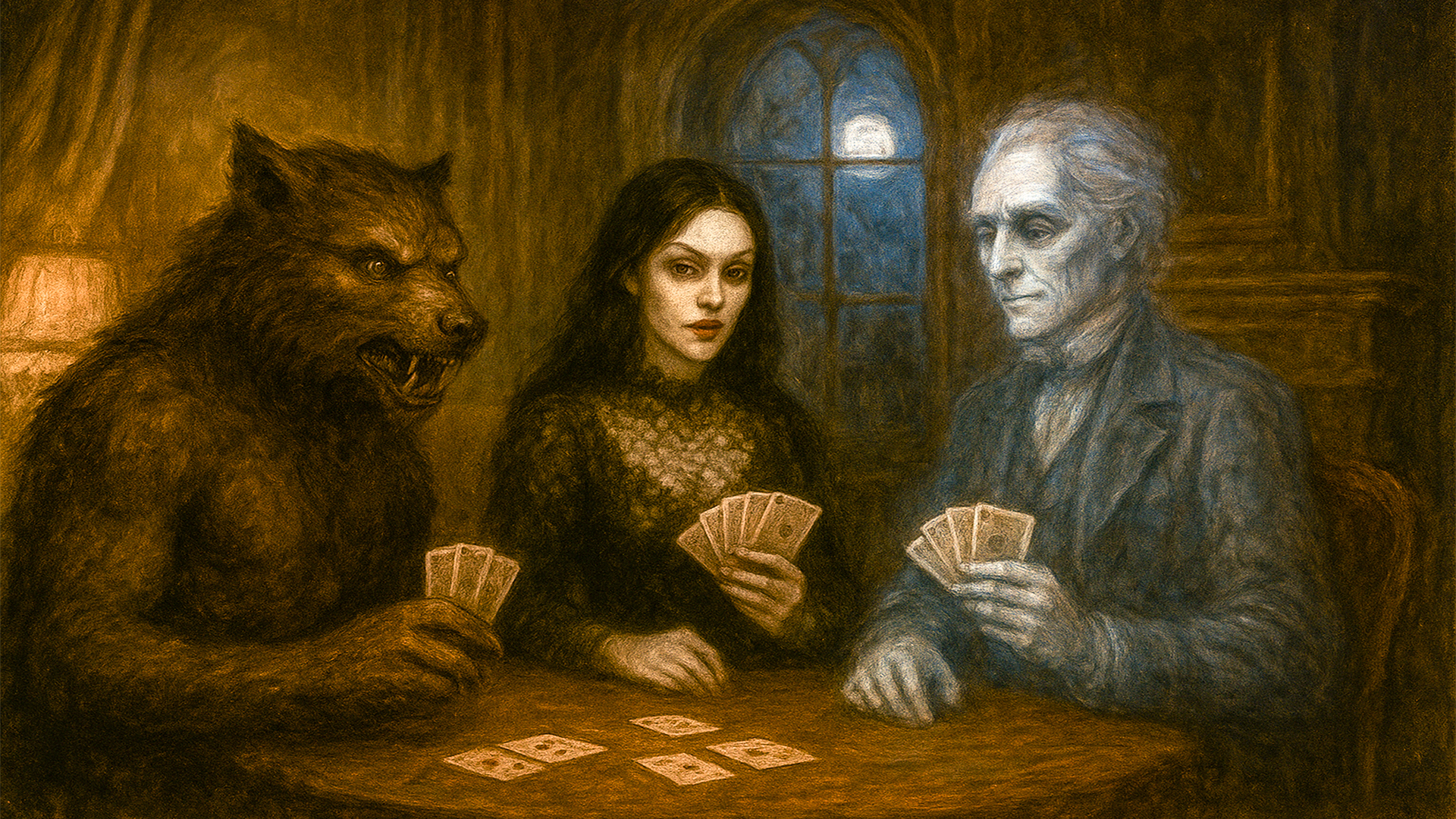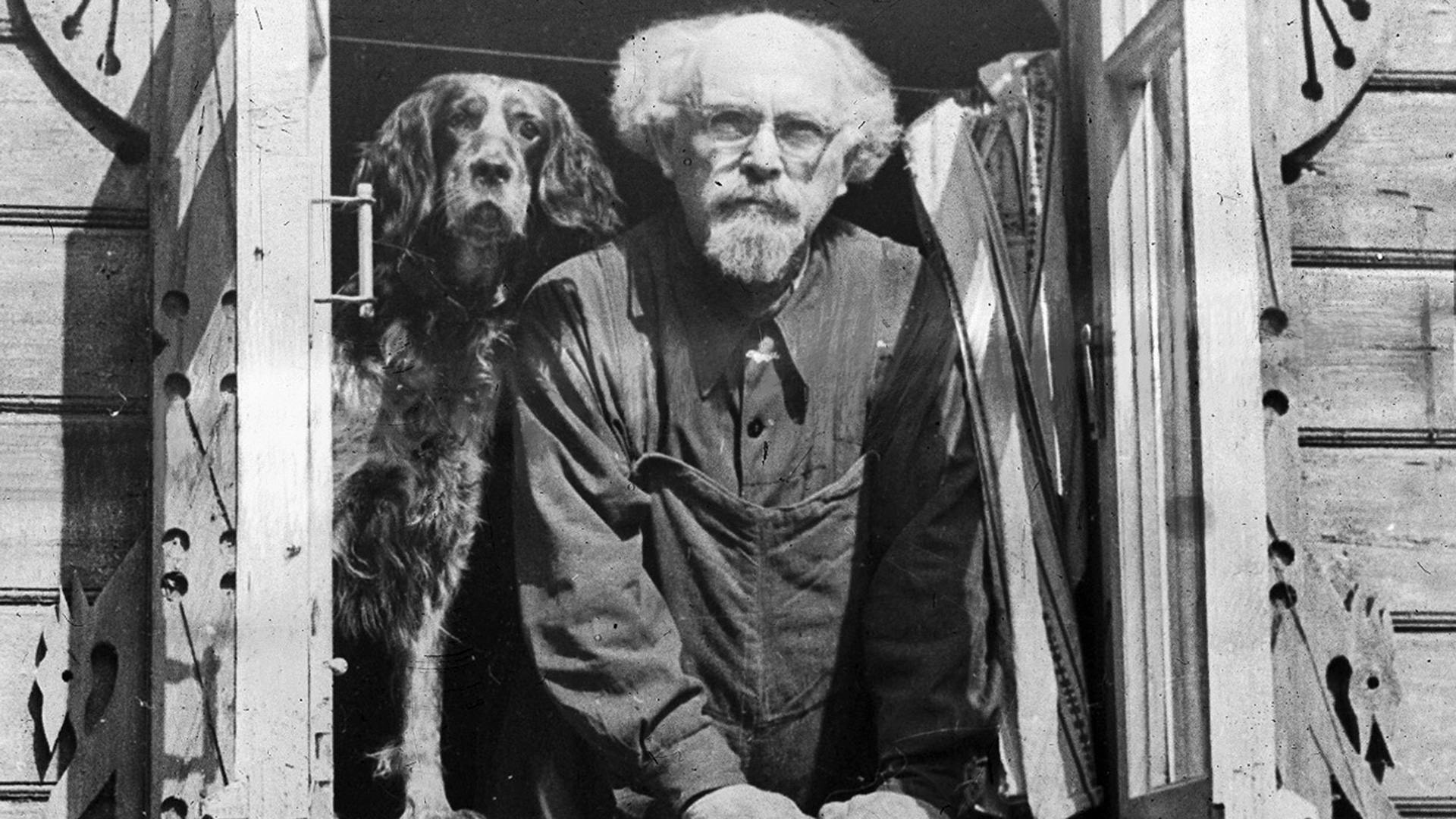
The 5 MAIN madmen of Russian literature (PICS)
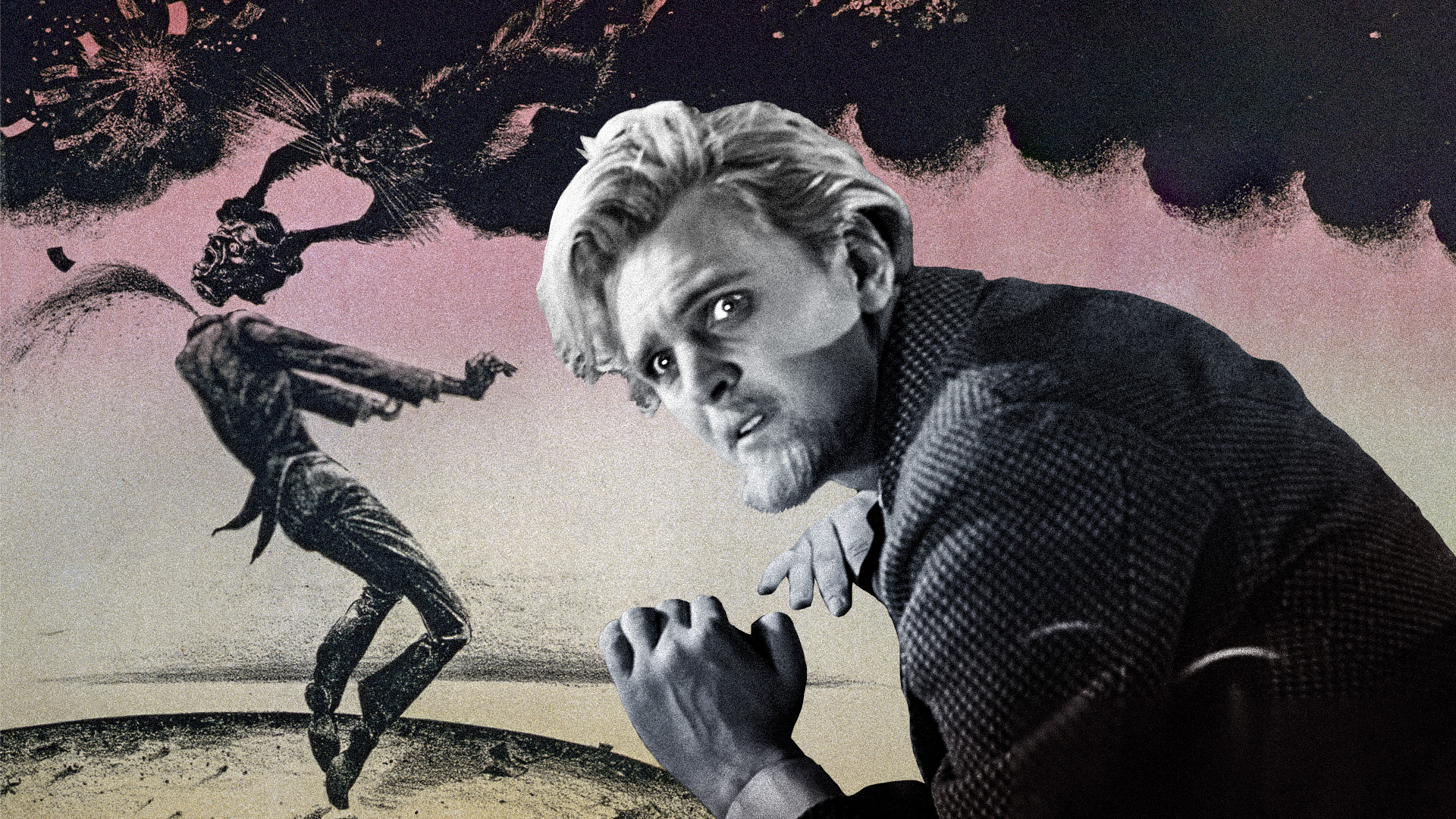
Alexander Chatsky in Alexander Griboyedov's ‘Woe from Wit’
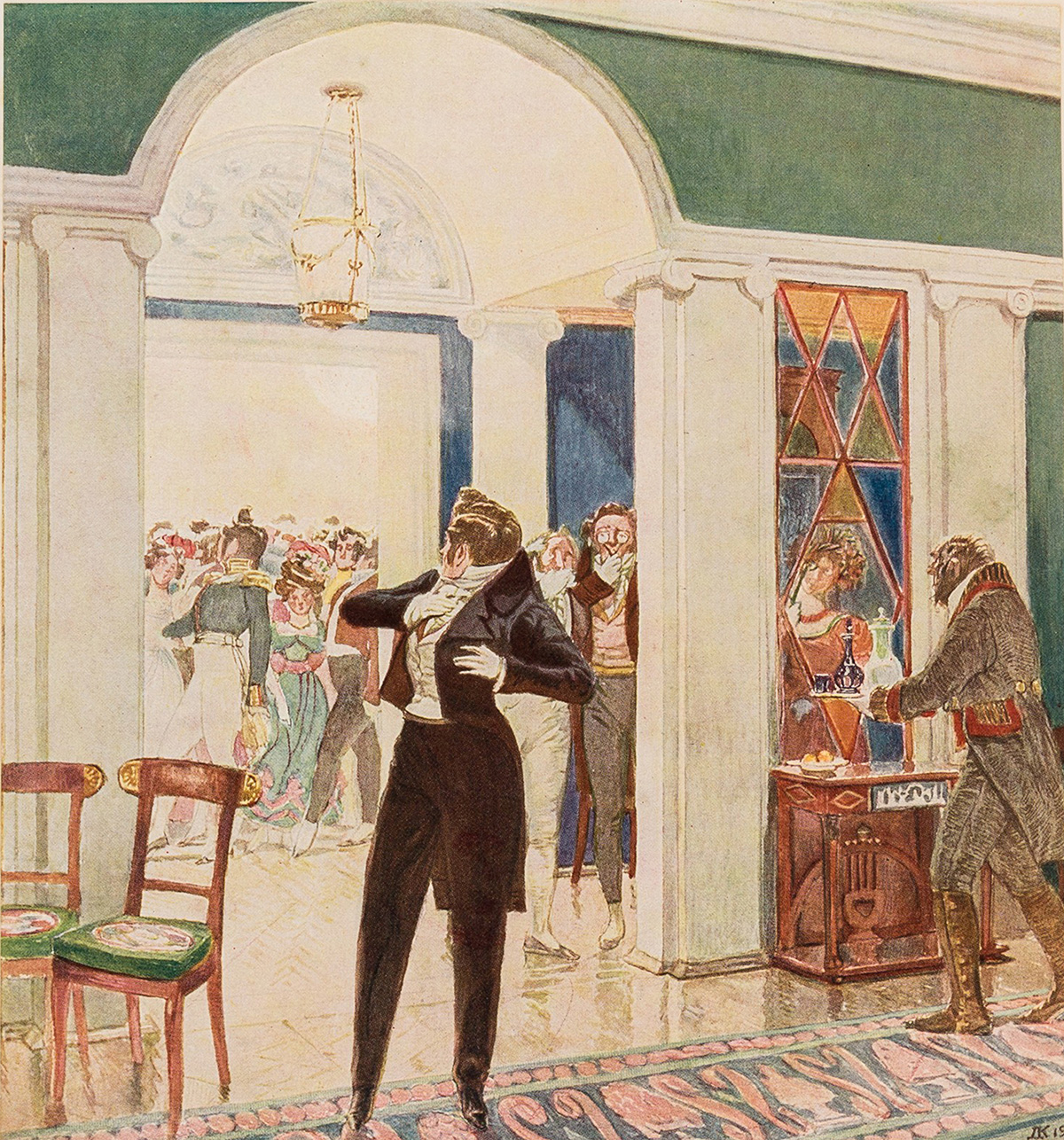 Illustration for the comedy "Woe from Wit", 1913
Illustration for the comedy "Woe from Wit", 1913
The hero of Griboyedov's verse comedy returns to Moscow after a long absence and, from the very beginning, begins delivering diatribes against everyone around him. He challenges the social order and, for this, Moscow society calls him mad. His madness is a social diagnosis, not a medical one. In a sense, Chatsky acts as a holy fool – a man who speaks an inconvenient truth under the guise of "madness".
Prince Myshkin in Fyodor Dostoevsky's ‘The Idiot’
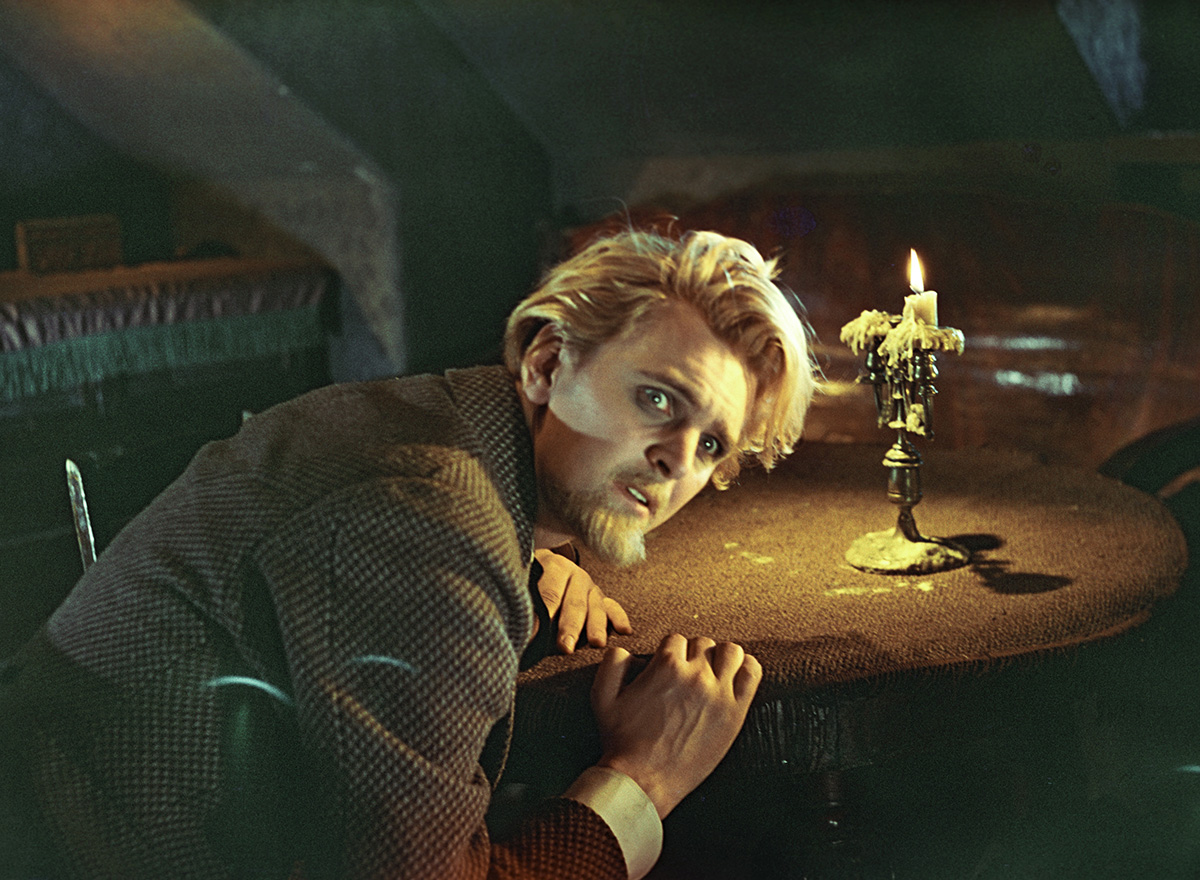 Yuri Yakovlev as Prince Myshkin on the set of the film "The Idiot"
Yuri Yakovlev as Prince Myshkin on the set of the film "The Idiot"
Formally, Prince Lev Myshkin is indeed ill: he suffers from epilepsy or, as they called it in the 19th century, the ‘falling sickness’. Before his attacks, the prince experiences special states of enlightenment. His naivety, spontaneity and other behavioral oddities are precisely due to his illness. At the same time, he is just as much a holy fool as Chatsky: his "stupidity" is his wisdom. His simplicity, straightforwardness and lack of social pretense are perceived by society as madness. In a world built on social conventions, his honesty appears absurd and out of place. His madness is the tragedy of an ideal shattered by reality. He is Christ, who came to 19th-century St. Petersburg and was overthrown by its passions.
The hero in Vsevolod Garshin's ‘The Red Flower’
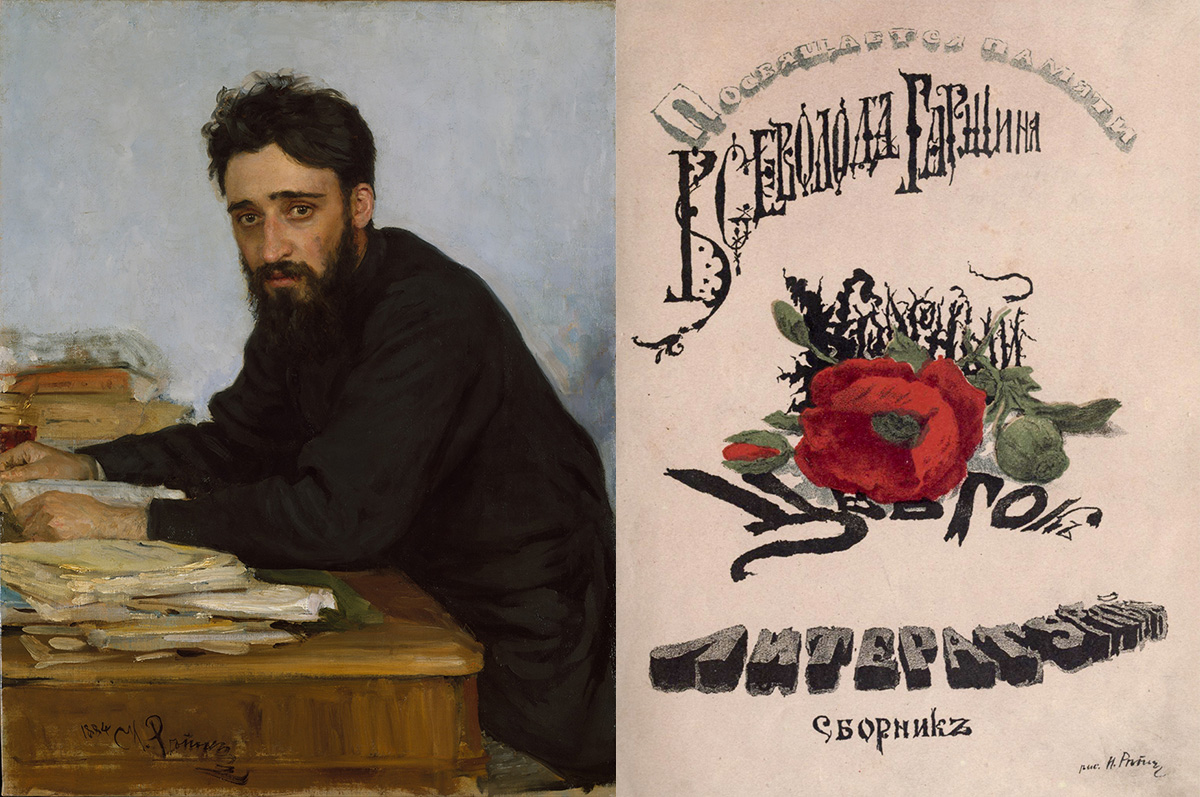 Ilya Repin. Portrait of Vsevolod Garshin/illustration for the story "The Red Flower"
Ilya Repin. Portrait of Vsevolod Garshin/illustration for the story "The Red Flower"
This is considered to be one of the most poignant images of a madman in Russian literature. The hero is convinced that all the world's evil is concentrated in a red poppy flower growing in the hospital garden. He considers himself chosen to destroy this flower and, thereby, defeat evil on earth. He devises various plans, feigns calm to lull the orderlies' vigilance and even resorts to subterfuge to reach the flower. Ultimately, he accomplishes his goal and dies with a sense of accomplishment. His madness is a metaphor for the struggle of a lonely individual against the injustice of the world order. He is a Don Quixote, battling the symbolic embodiment of universal suffering.
The characters in Anton Chekhov's ‘Ward No. 6’
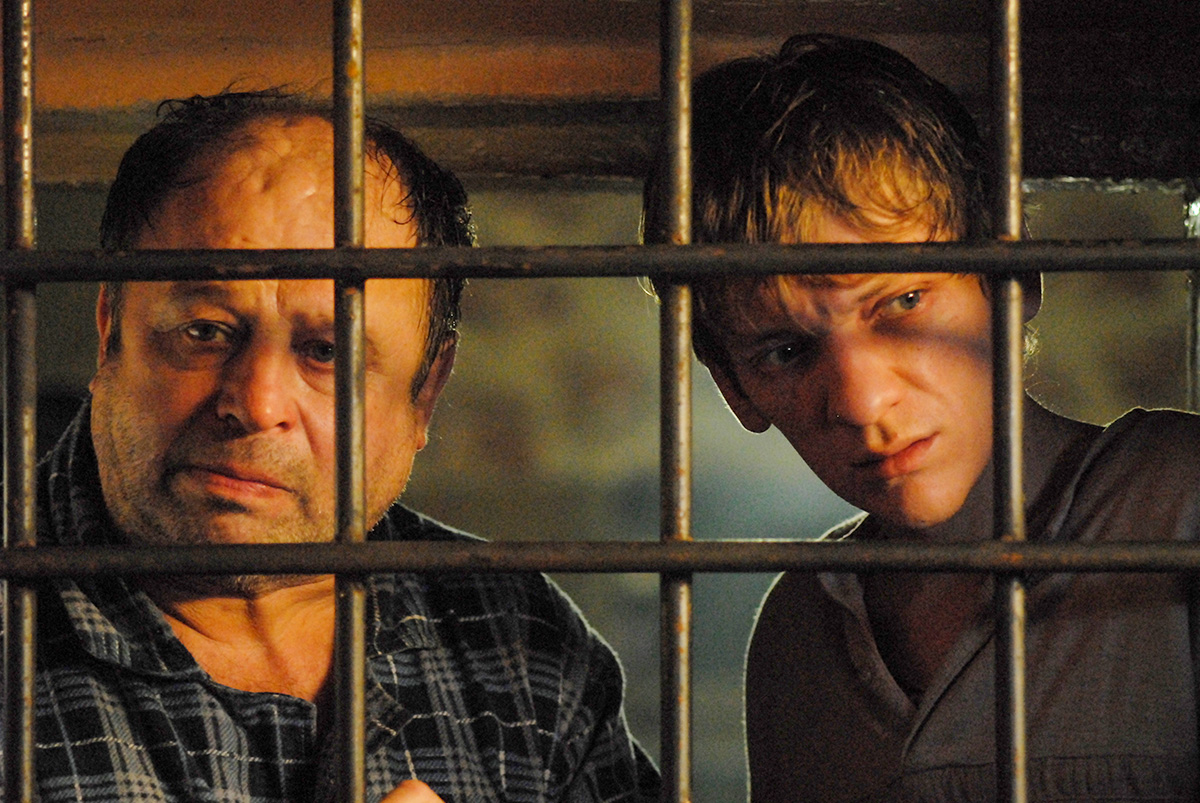 Vladimir Ilyin (Dr. Ragin) and Alexey Vertkov (Gromov) on the set of the film "Ward No. 6"
Vladimir Ilyin (Dr. Ragin) and Alexey Vertkov (Gromov) on the set of the film "Ward No. 6"
In this story, madness is life itself and the line between the sane and the insane is blurred. Ward No. 6 houses the mentally ill. Gromov, one of the patients, is suffering from persecution mania. He fears arrest and hard labor. He and the others are treated by Dr. Ragin. Initially, he is a sane, educated man, but lazy and inactive. The doctor is indifferent to the filth and violence in his hospital. He rationalizes evil, instead of fighting it. His "sanity" is true madness. After his conversations with Gromov, Ragin realizes he has found his only interesting companion. In these conversations, he begins to awaken from his moral slumber. But, this awakening proves to be his undoing. As a result, he is locked in Ward No. 6 as a madman.
The characters in Mikhail Bulgakov's ‘The Master and Margarita’
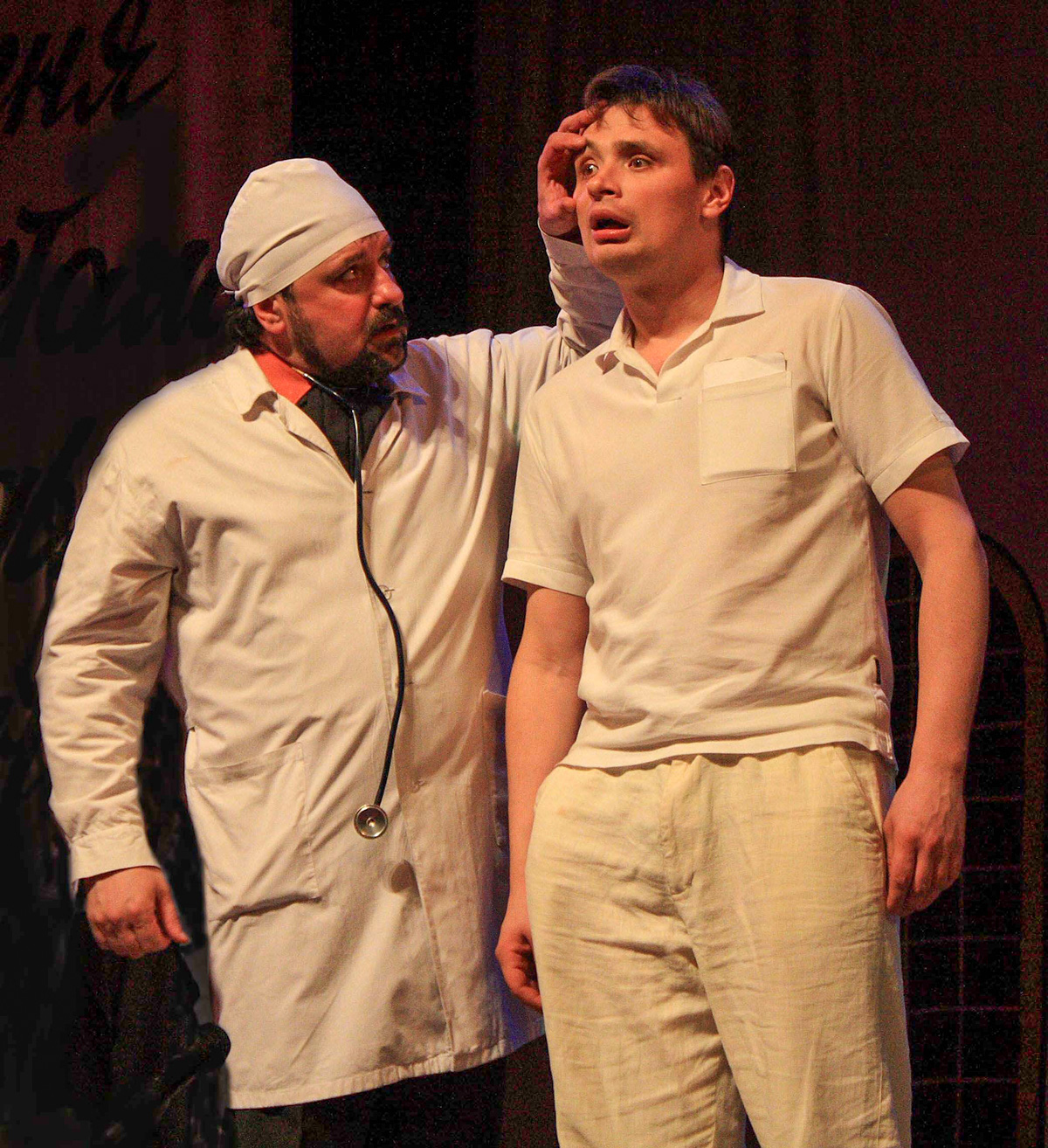 The Arbat Theatre's production of Mikhail Bulgakov's novel "The Master and Margarita"
The Arbat Theatre's production of Mikhail Bulgakov's novel "The Master and Margarita"
At the beginning of the novel, Ivan Bezdomny is a self-confident Soviet poet. However, his encounter with Woland and his prediction of Berlioz's death drive him mad. In the hospital, he realizes the insignificance of his poetry and acquires a new worldview. The Master goes mad, because his consciousness cannot withstand the persecution of the literary community and the "touch of eternity": he wrote a truthful novel about events he never witnessed. His madness is the price he pays for his truthfulness and genius. Bulgakov created a world, in which madness becomes a point of access to truth and a higher reality. Madness in the novel is the price of knowledge, of creativity, of the attempt to comprehend the truth.


